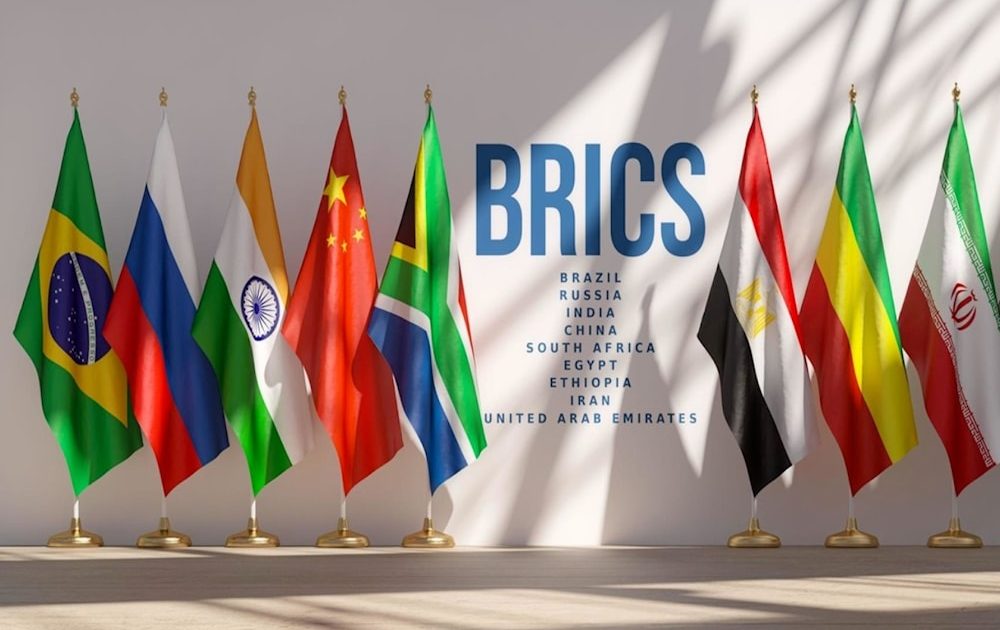John Aluya, CEO of Technoglass Industries and a member of the Manufacturers Association of Nigeria, discusses Nigeria’s export potential in light of the BRICS partnership and the global competitiveness of local products. Aluya highlights the significant infrastructure deficit as the primary obstacle hindering Nigerian manufacturers’ ability to compete internationally. The high cost of production stemming from the need for manufacturers to invest in their own power, roads, and water, unlike their counterparts in other countries, renders Nigerian products more expensive than imported goods. This disparity in production costs makes Nigerian manufacturers uncompetitive in the global market, despite their efforts. The recent electricity tariff hike of over 250% further exacerbates the situation, forcing manufacturers to rely on expensive private power generation through petrol and diesel generators. These infrastructural challenges limit Nigeria’s export potential, as the cost of locally produced goods often exceeds that of imported alternatives.
Regarding Nigeria’s recent partnership with BRICS, Aluya expresses skepticism about its immediate benefits, noting that Nigeria’s status as a partner, rather than a full member, offers limited advantages. He dismisses the idea of a BRICS currency challenging the dominance of the US dollar, attributing the dollar’s supremacy to OPEC’s historical decision to use it as the benchmark trading currency. This dependence on the dollar, Aluya argues, is now deeply entrenched and unlikely to change. He suggests that the focus should be on addressing the nation’s internal infrastructural challenges rather than relying on external partnerships for immediate economic transformation.
Despite these setbacks, Nigerian businesses continue to explore foreign markets. Aluya acknowledges this effort but reiterates the challenge of competitiveness. He points out that oil remains Nigeria’s only globally competitive product, while other manufactured goods face hurdles due to the reliance on imported inputs, which incur additional taxes and ultimately increase production costs. This lack of competitiveness extends to the African Continental Free Trade Area (AfCFTA), where Aluya warns that Nigeria risks becoming a dumping ground for cheaper goods from other African countries with better infrastructure, particularly South Africa, Morocco, Egypt, and Algeria. He emphasizes the Nigerian consumer preference for cheap products over quality, a factor that could exacerbate the dumping issue if AfCFTA is fully implemented without addressing Nigeria’s internal production cost challenges.
Aluya downplays the significance of Nigeria’s first AfCFTA shipment of synthetic hair filaments to Kenya, viewing it as a publicity stunt rather than a substantial achievement. He questions the value of such a shipment in the larger context of Nigeria’s international trade volume and highlights the inability to export higher-value agricultural products or manufactured goods like yams, plantains, plastic ware, automotive parts, or milk due to the lack of competitiveness. He contends that the focus on small-scale shipments obscures the fundamental issues hindering broader participation in AfCFTA. Aluya argues that the slow progress of AfCFTA implementation, particularly among smaller African nations and Francophone countries that remain economically tied to France, signals deeper challenges that must be addressed.
Addressing these challenges, Aluya emphasizes the crucial need to bridge the infrastructural gap to enhance Nigeria’s competitiveness within AfCFTA. He expresses concerns about the sufficiency of the Federal Government’s proposed budget for infrastructure, citing the vastness of Nigeria’s landmass and the pervasive corruption that hinders effective budget utilization. Aluya also criticizes the government’s reliance on borrowing, arguing that the accumulated debt, primarily used to service interest payments, mortgages the future of coming generations. He advocates for a shift away from borrowing and towards a “Build, Operate, and Transfer” model for infrastructure development, where private operators finance and construct projects, operate them for a set period to recoup their investment, and then transfer ownership to the government.
Aluya strongly opposes further borrowing, asserting that it jeopardizes the future of younger generations and allows external entities to exert undue influence over the Nigerian economy. He recalls the debt forgiveness during President Obasanjo’s tenure, which provided temporary relief, only to be followed by even greater borrowing within a decade. Aluya proposes that instead of borrowing, the government should concession infrastructure projects to credible enterprises. These enterprises would finance, construct, and operate the projects, transferring ownership to the government after recouping their investments. This approach, he argues, offers a sustainable path to infrastructure development without accumulating unsustainable debt and compromising Nigeria’s economic sovereignty.


